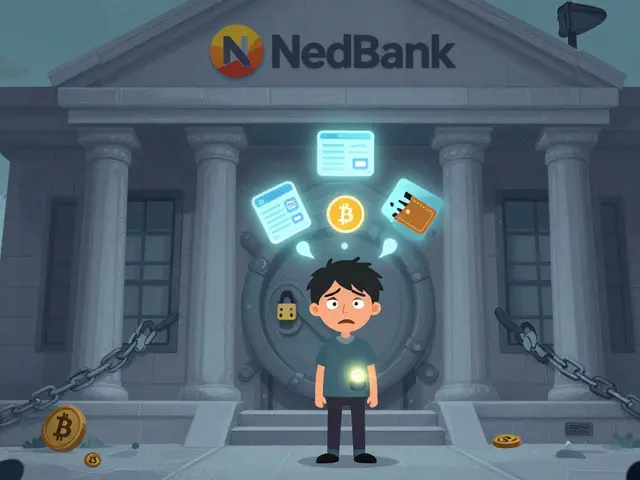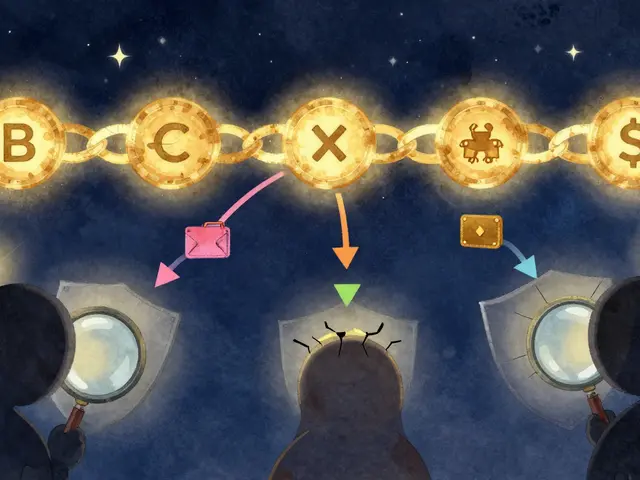Smart Contract Tokens: How They Power Modern Crypto Projects
When working with smart contract tokens, programmable digital assets that run on blockchain smart contracts. Also known as crypto tokens, they let developers embed rules for transfers, staking, governance, and even automated airdrops. Understanding tokenomics, the economic design that defines supply, distribution, and incentives is the first step to judging a project's health. Equally important is the decentralized exchange, a peer‑to‑peer platform where tokens are swapped without a central keeper which determines liquidity and price discoverability. Many projects boost early adoption through airdrop, free token distribution that rewards community members, a tactic that reshapes token allocation. Finally, the choice of blockchain platform, the underlying network like Ethereum or Binance Smart Chain that executes the token's code dictates security, speed, and interoperability. In simple terms, smart contract tokens encompass tokenomics that shape supply and demand, they require a blockchain platform to execute their code, and airdrops influence token distribution by rewarding early participants.
Key Factors to Evaluate When Choosing a Token
First, look at the token’s economic model. Does it have a capped supply or a mint‑and‑burn mechanism? How are rewards allocated between holders, developers, and liquidity providers? These questions tap directly into tokenomics and reveal whether the incentive structure is sustainable. Second, check the DEX environment. Tokens listed on high‑volume decentralized exchanges enjoy tighter spreads and more reliable price feeds, which lowers slippage for traders. Third, assess the airdrop history. Projects that run transparent, verifiable airdrops often have engaged communities, but a flood of low‑value drops can dilute token value. Fourth, evaluate the underlying blockchain platform. Ethereum offers robust security and a large developer ecosystem, while Binance Smart Chain provides lower fees and faster confirmations. Each platform brings trade‑offs in cost, scalability, and network effects, so match the token’s goals with the right chain.
Our collection below pulls together the latest deep‑dives, reviews, and how‑to guides that touch on every angle we’ve just discussed. You’ll find detailed analyses of tokenomics for niche coins, performance reports on the hottest decentralized exchanges, step‑by‑step airdrop claim tutorials, and platform‑specific considerations for Ethereum, BSC, Polygon, and more. Whether you’re a beginner trying to understand the basics or an experienced trader hunting the next opportunity, the articles ahead give you the context and actionable insights you need to navigate the world of smart contract tokens confidently.
How Many Cryptocurrencies Exist in 2025? Exact Numbers & What They Mean
Explore why estimates for 2025 cryptocurrency counts range from 18K to over 50M, learn where tokens live, and get practical tips for focusing on active assets.





